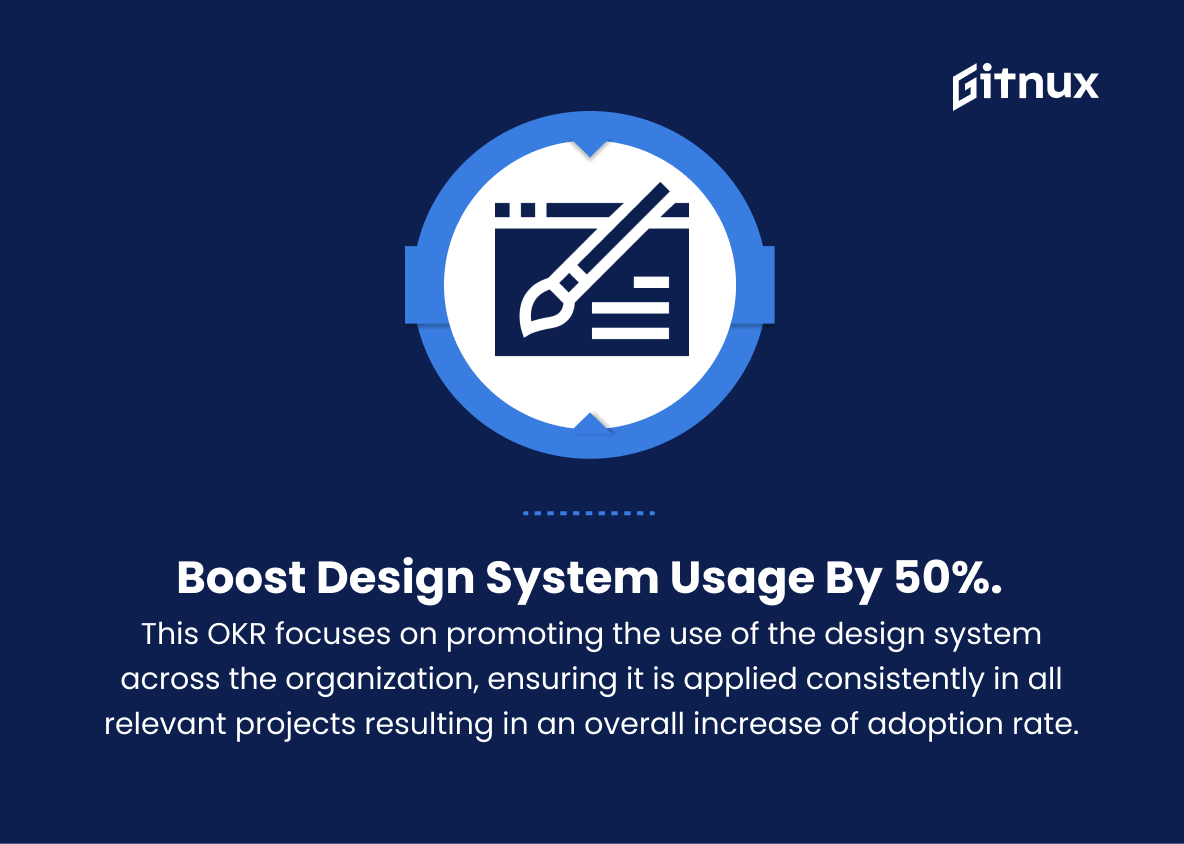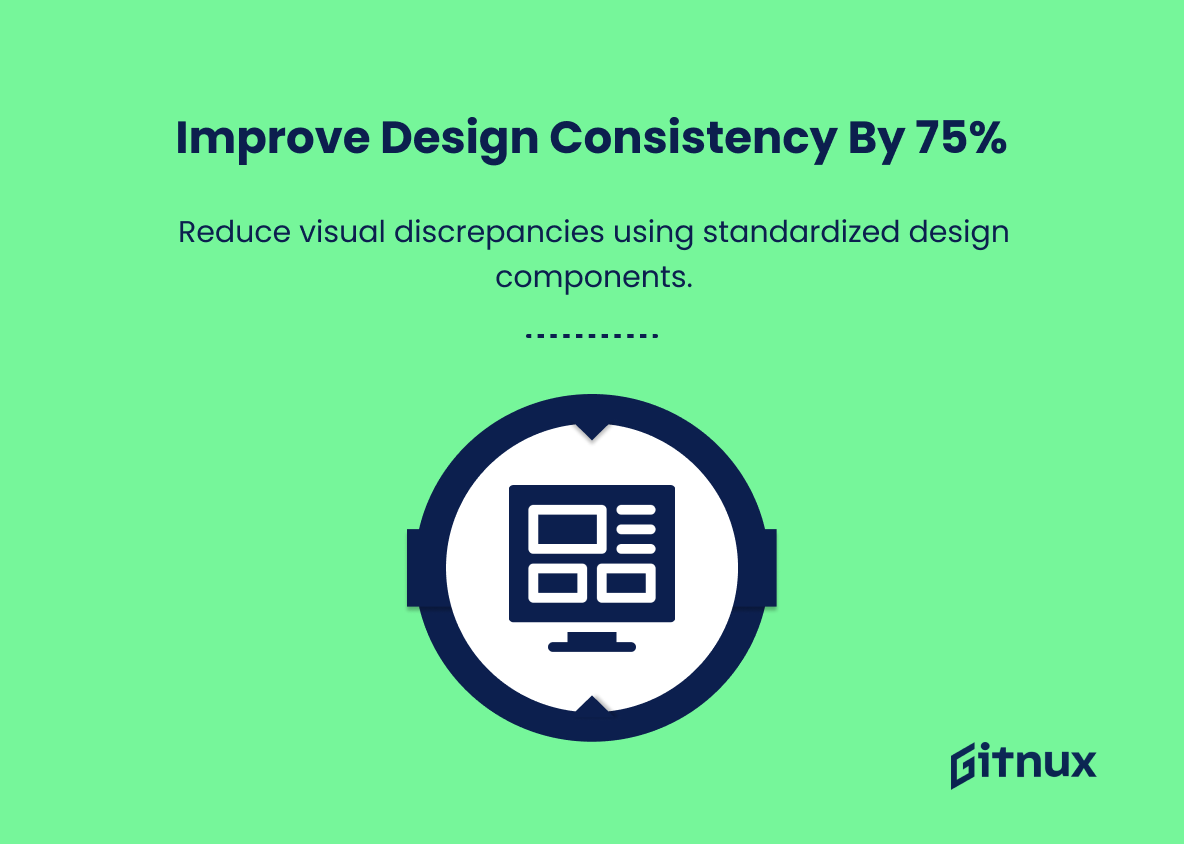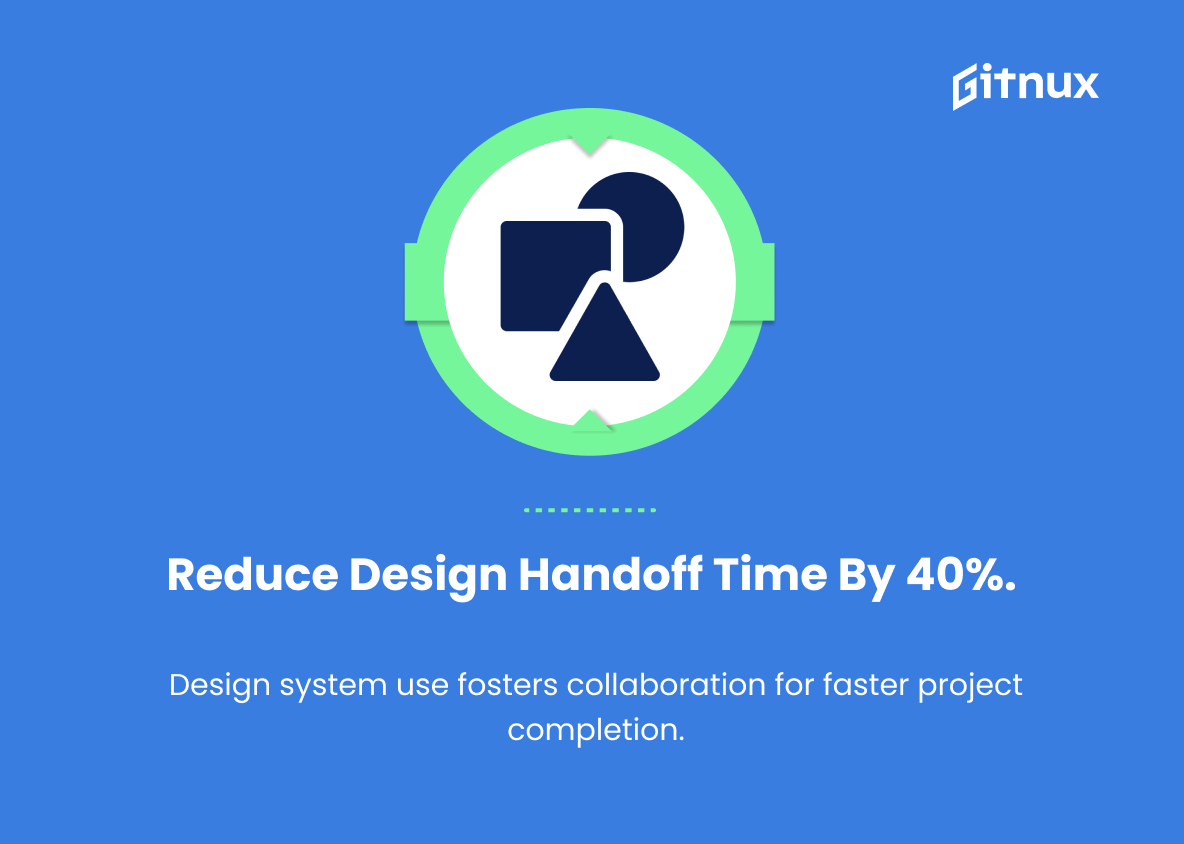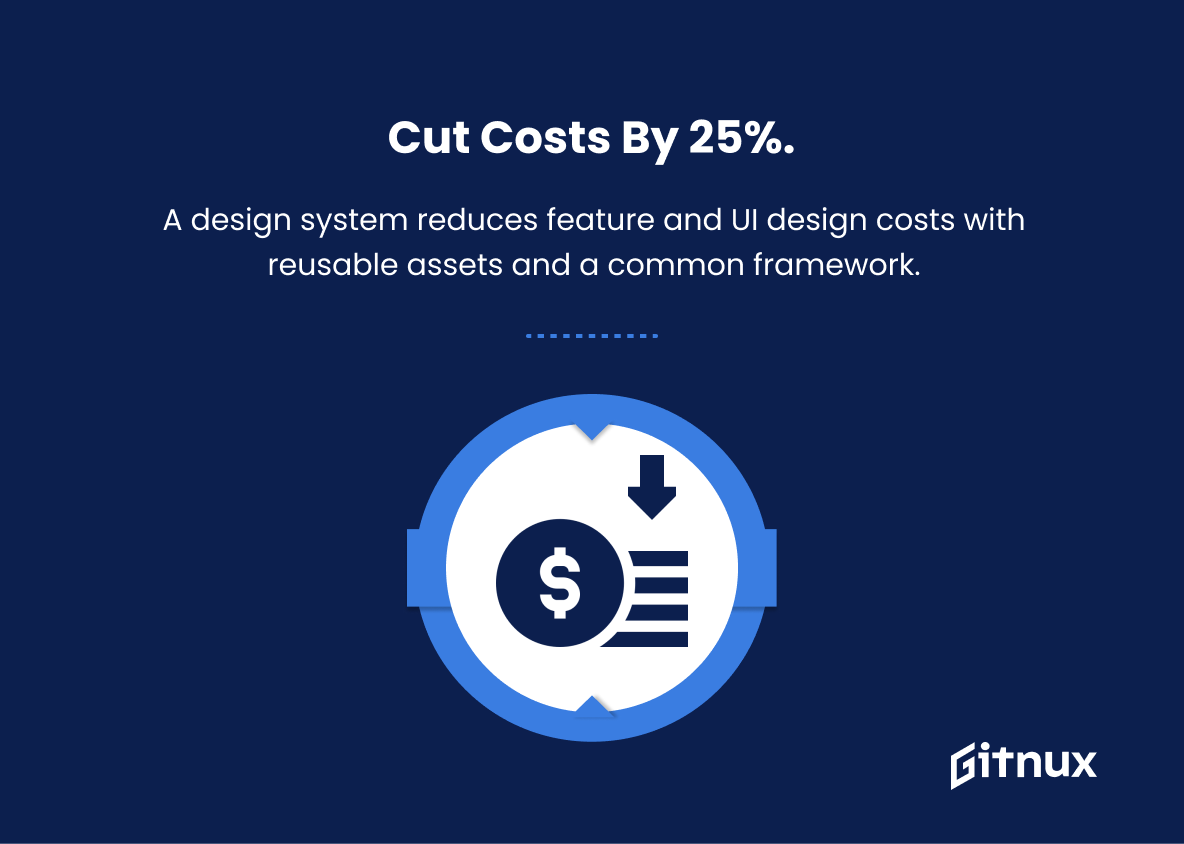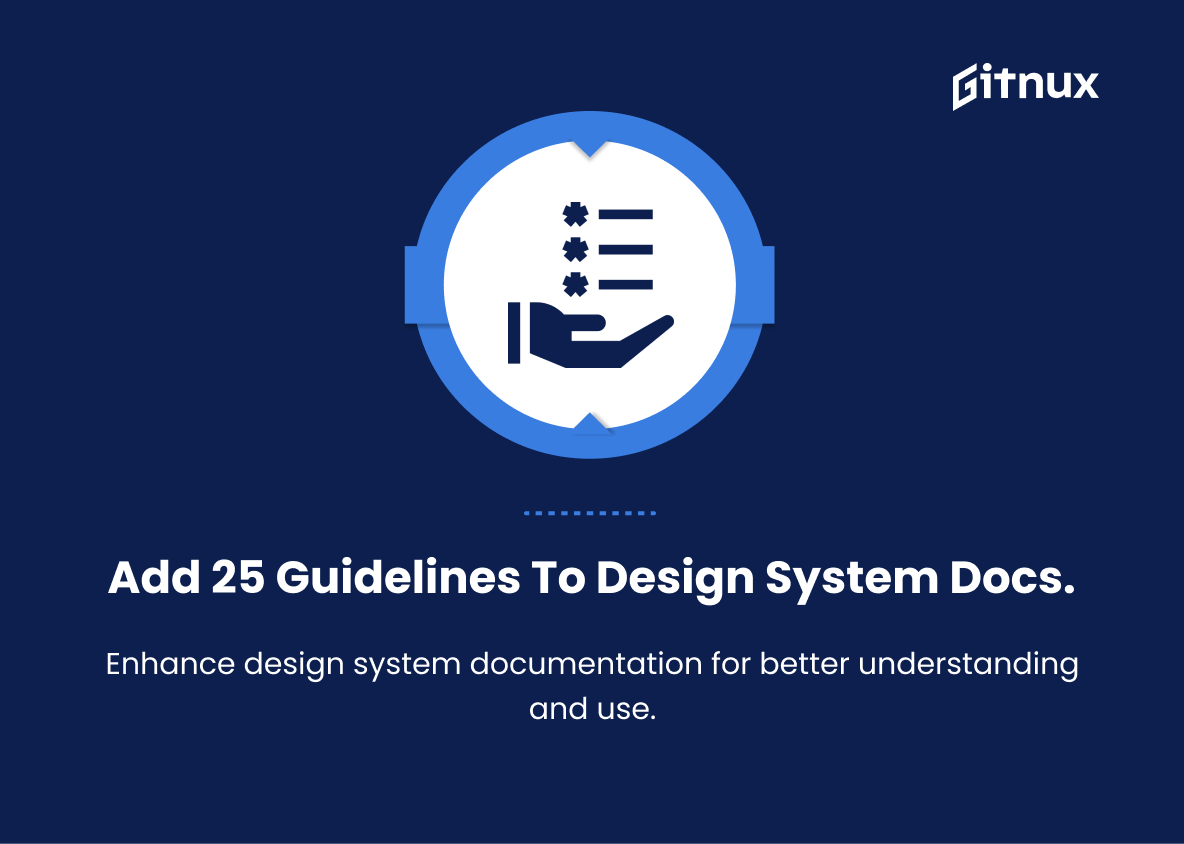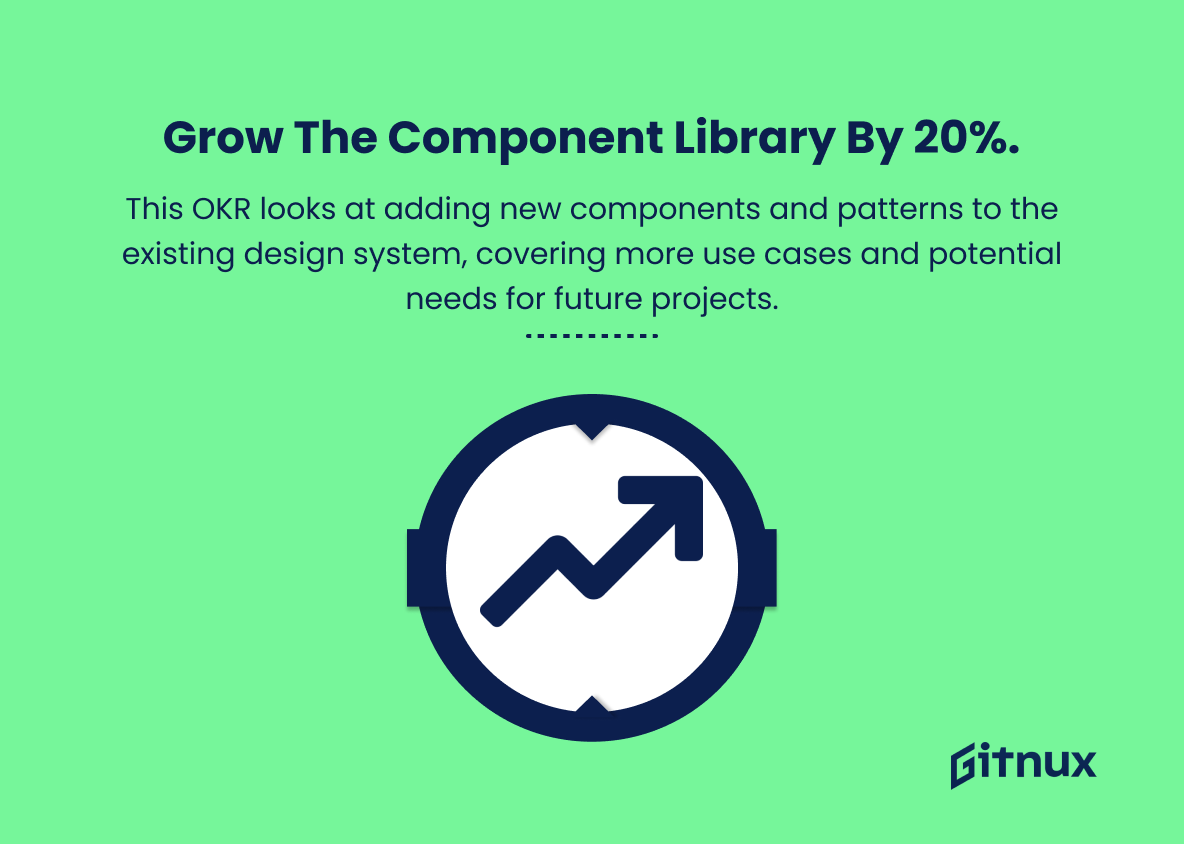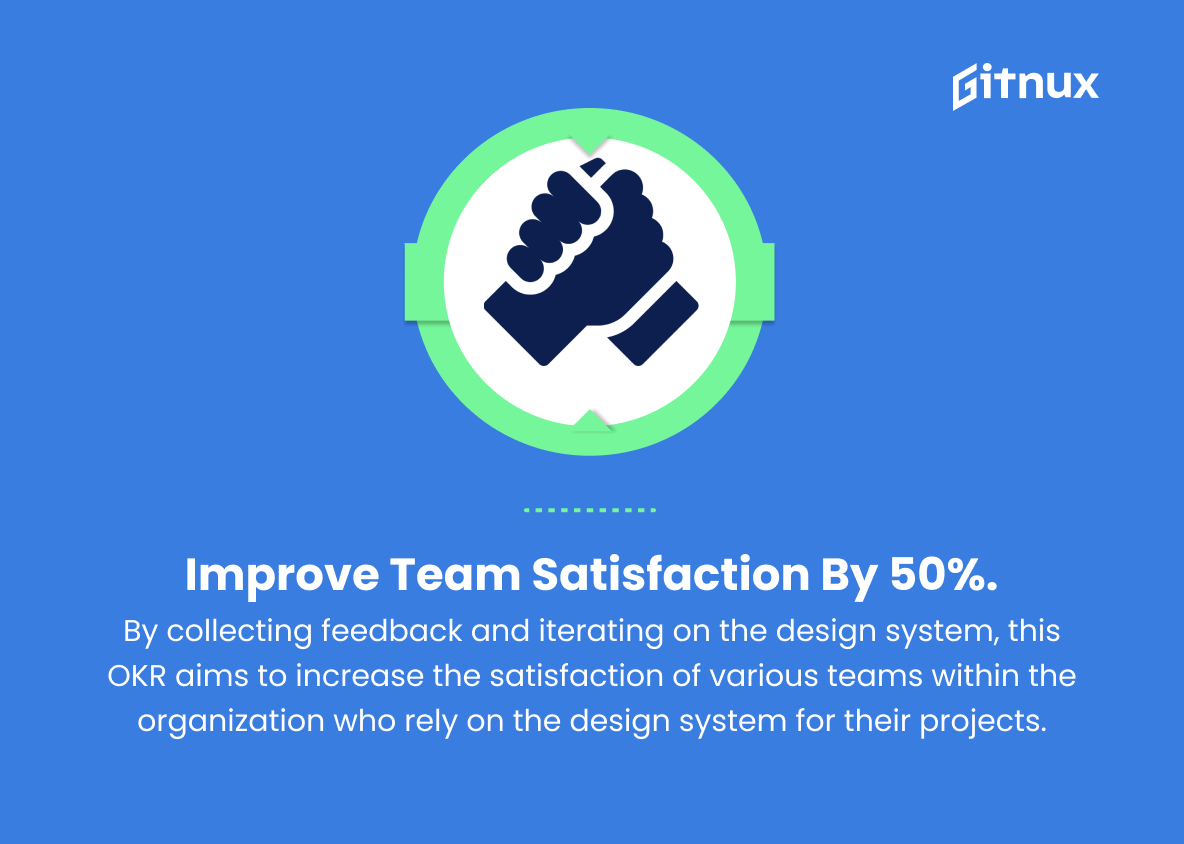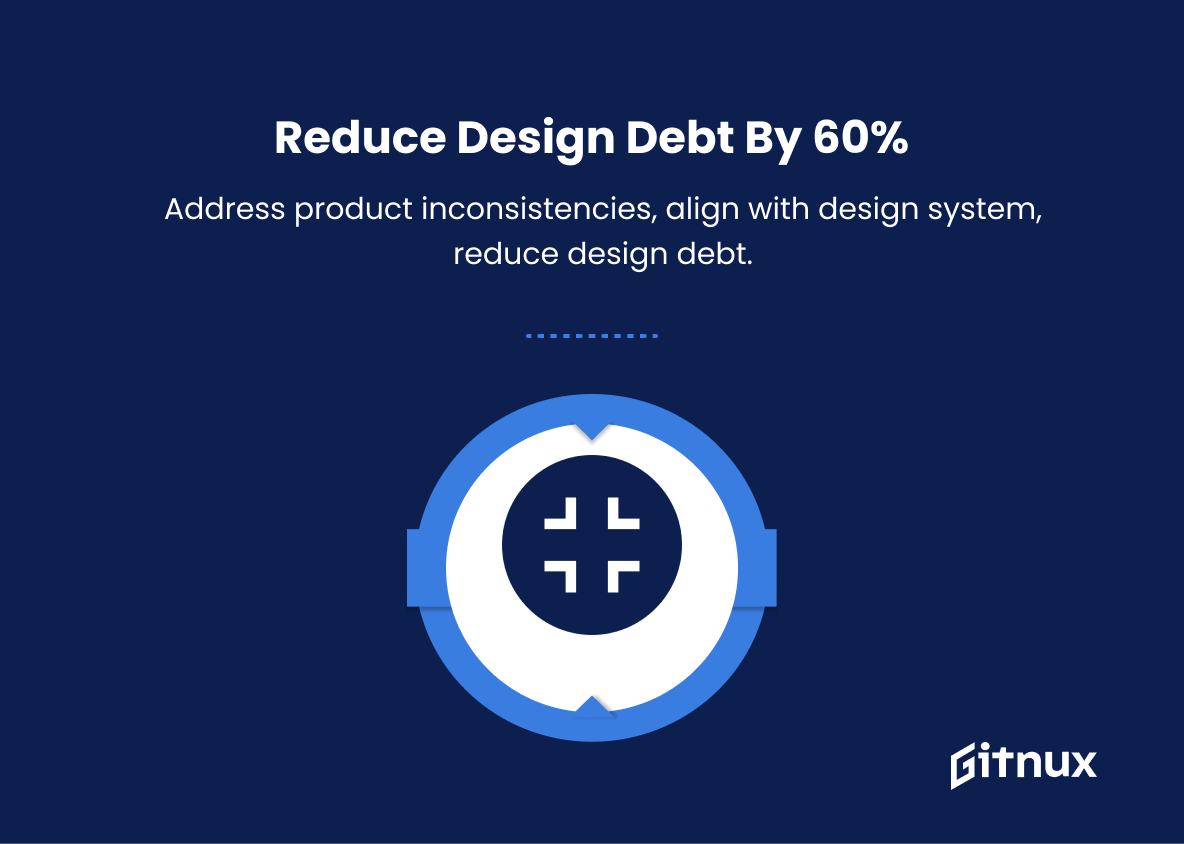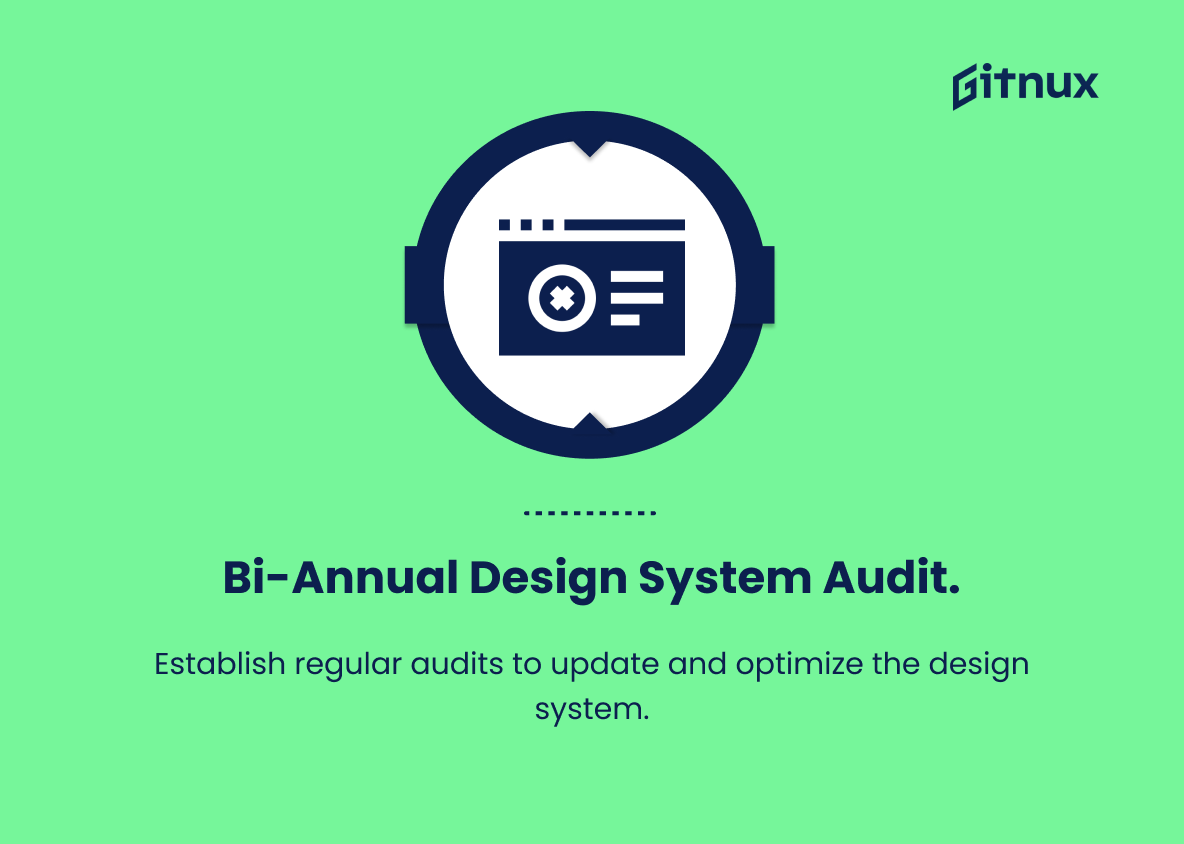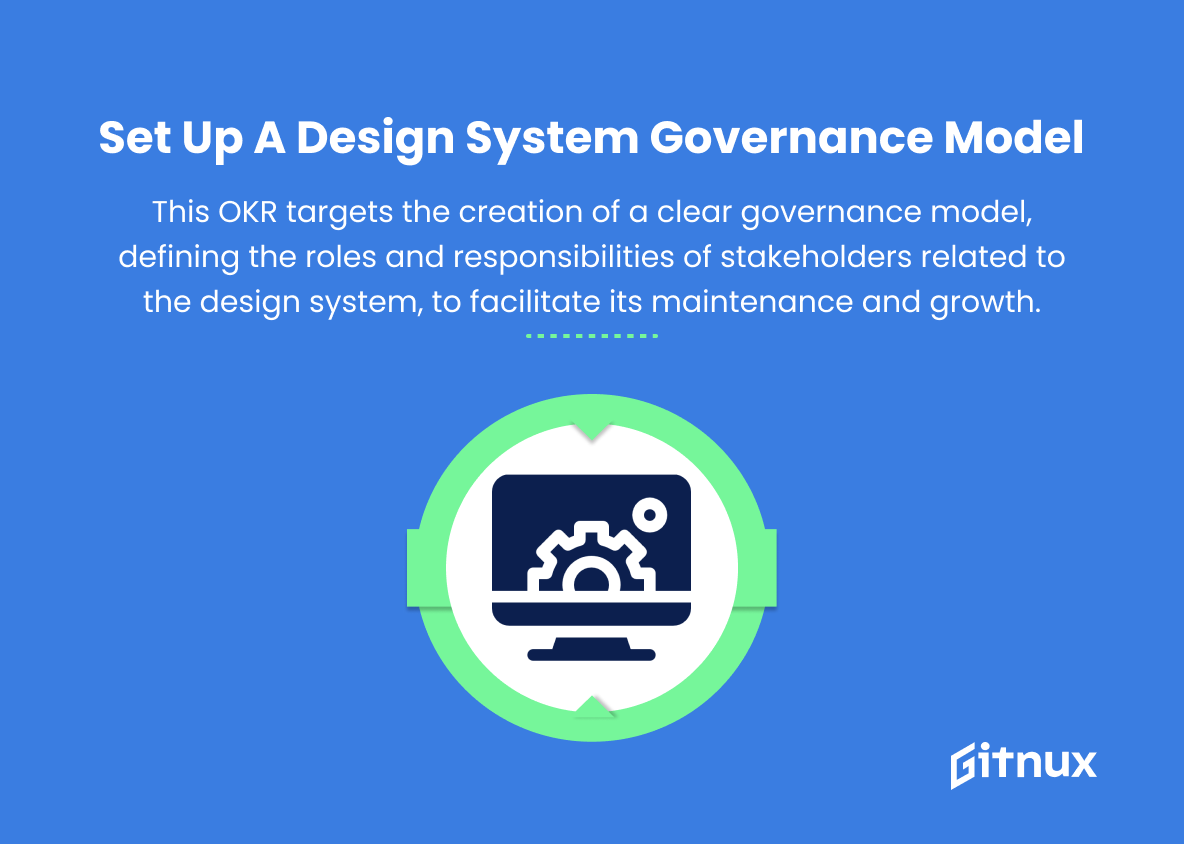In today’s rapidly evolving digital landscape, having a streamlined and cohesive design system has become crucial for businesses looking to maintain a strong brand identity, enhance user experiences, and accelerate product development. Design System OKRs (Objectives and Key Results) serve as a vital roadmap for designers and product teams to track their progress, optimize collaboration, and ensure consistent delivery of high-quality design across all interfaces.
In this blog post, we delve into the importance of implementing Design System OKRs, explore best practices for setting realistic and measurable targets, and provide insights on how to effectively align these strategic objectives with broader organizational goals. Join us as we embark on a journey to bring clarity, focus, and structure to your design process, paving the way for a more robust and efficient design system.
Design System OKRs You Should Know
1. Increase design system adoption by 50%
This OKR focuses on promoting the use of the design system across the organization, ensuring it is applied consistently in all relevant projects resulting in an overall increase of adoption rate.
2. Improve design consistency by 75%
This OKR aims at reducing visual discrepancies in the company’s products and digital interfaces by ensuring the use of standardized design components and patterns from the design system.
3. Streamline design to development handoff time by 40%
By promoting the use of the design system, designers and developers have better collaboration and shared understanding of the components, leading to faster handoff time and project completion.
In today’s rapidly evolving digital landscape, having a streamlined and cohesive design system has become crucial for businesses looking to maintain a strong brand identity, enhance user experiences, and accelerate product development.4. Reduce overall design and development costs by 25%
Utilizing a design system helps in minimizing the cost of designing and developing new features and user interfaces, as it provides reusable assets and a common framework to work with.
Design System OKRs (Objectives and Key Results) serve as a vital roadmap for designers and product teams to track their progress, optimize collaboration, and ensure consistent delivery of high-quality design across all interfaces.5. Increase designer efficiency by 30%
By making the design system comprehensive and easy to use, designers can quickly access their needed components and patterns, thus speeding up the overall design process.
6. Improve product accessibility compliance by 100%
This OKR focuses on ensuring that all components within the design system adhere to accessibility standards, enabling all users, including those with disabilities, to access the company’s products.
7. Enhance design system documentation by adding 25 new guidelines
This OKR aims to improve the design system’s documentation by adding new guidelines, usage specifications, and best practices to ensure that the design system is understood and used correctly.
8. Expand the design system component library by 20%
This OKR looks at adding new components and patterns to the existing design system, covering more use cases and potential needs for future projects.
9. Increase cross-functional team satisfaction with the design system by 50%
By collecting feedback and iterating on the design system, this OKR aims to increase the satisfaction of various teams within the organization who rely on the design system for their projects.
10. Reduce design debt by 60%
This OKR emphasizes addressing inconsistencies or outdated components in the company’s products, ensuring they are updated to align with the design system, resulting in reduced design debt.
11. Conduct bi-annual design system audit and optimization
This OKR focuses on setting up regular audit sessions to identify gaps, redundancies, or outdated elements within the design system that need optimization or improvements, ensuring it remains up-to-date and relevant.
12. Establish a design system governance model
This OKR targets the creation of a clear governance model, defining the roles and responsibilities of stakeholders related to the design system, to facilitate its maintenance and growth.
Design System OKRs Explained
Design System OKRs are crucial for ensuring the successful implementation and consistent usage of a design system across an organization. By increasing adoption, improving consistency, streamlining the design-developer handoff, and reducing costs, the organization can create a visually cohesive and more efficient product development process. Enhancing documentation, expanding the component library, and increasing cross-functional team satisfaction ensures that every team member has access to a comprehensive set of resources and enjoys using the design system.
Furthermore, focusing on accessibility compliance promotes inclusivity, allowing a diverse set of users to access the company’s products. By addressing design debt and conducting regular audits, the design system remains up-to-date and fine-tuned for optimal performance. Lastly, establishing a governance model delineates clear roles and responsibilities for stakeholders, fostering a well-maintained and continuously evolving design system that benefits the entire organization.
Conclusion
In summary, establishing and implementing Design System OKRs is crucial for design teams to drive efficiency, consistency, and collaboration. By setting measurable, achievable objectives and key results, design teams can better monitor their progress, identify areas for improvement, and ensure the overall success of their design system.
Aligning these OKRs with the organization’s overall strategy and goals ensures that the design system will effectively contribute to the success of the company while fostering a culture of communication and continuous improvement. Ultimately, the practice of setting Design System OKRs can help design teams to enhance their system, streamline workflows, and empower them in delivering an exceptional user experience.
